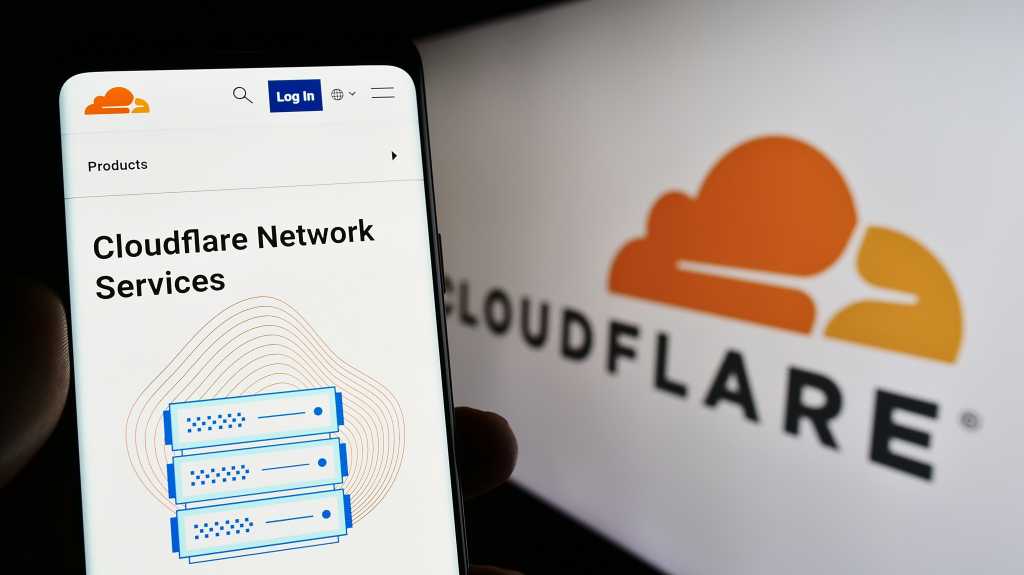
Some 87% of respondents indicated that internet and cloud environments are creating network blind spots in many areas. Half of organizations reported a lack of adequate insight into public clouds, 44% of respondents indicated transit and peering networks created blind spots, and 43% said remote work environments lack visibility. Other areas that create visibility issues include: private cloud (39%); ISP last-mile (38%), and on-premises work (30%).
The visibility challenges extend to ISP relationships as well. Only 5% of network teams say they receive all the information they need from their ISPs. The vast majority want access to data on DNS issues (50%), path latency (49%), historical performance by path (45%), DDoS attack locations (45%), node or hop issues (44%), and packet loss (43%). This lack of visibility matters because it directly impacts operational efficiency. Survey respondents said visibility is essential for analyzing network delivery issues (56%), understanding the impact of route changes (49%), predicting capacity issues (48%), and tracking user experience (48%).
“If Google Cloud is hosting a bit of your AI initiative, whatever that is, and you can’t see into their network, how can you triage that network path for anyone that’s complaining? There are no excuses for black holes like that anymore,” Rossbach explains.






















